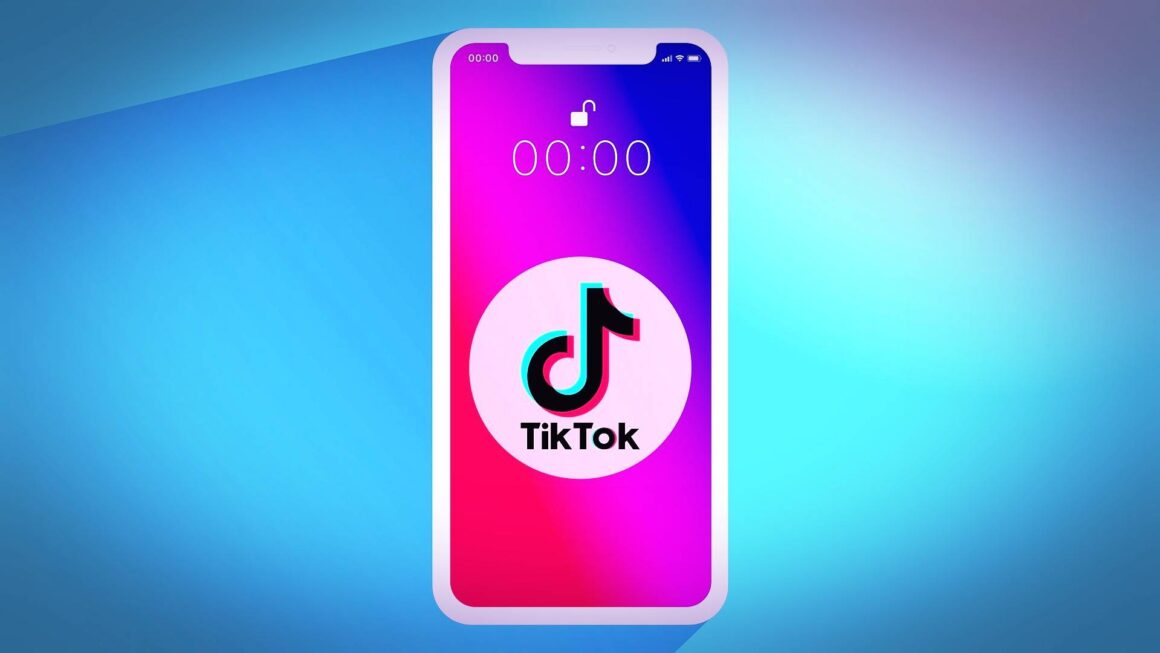For record labels, TikTok isn’t just another social platform. It’s the battlefield where hits are made and artists break through. A single viral moment can rocket a song from obscurity to Billboard Hot 100 in days.
As TikTok continues to evolve and trends come and go, labels are scrambling for ways to guarantee traction. Paying influencers worked for a while until it got too expensive while trends fragmented. The quick fix? Burner pages and volume posting.
How Burner Pages and Volume Posting Work
Burner Pages are anonymous accounts created by record labels or third-party firms. These aren’t influencer channels or fan communities. They’re faceless, themed accounts (think coffee edits, quote dumps, country memes) each designed to blend in with songs running in the background.
Another popular marketing tactic is volume posting. Labels pump out between 5,000 and 15,000 videos a day across these pages, each embedding the same track. The math is simple: the more videos you post, the higher the odds one sprouts into a viral For You Page moment.
TikTok doesn’t care if you have two followers or two million. If your video gets clicks, it spreads. By flooding the platform with themed content stitched to a song, marketers game the algorithm into boosting it.
Clever Marketing or Manipulation?
On the surface, it’s just marketing. Get your product, or a song, in front of people who might like it. But TikTok is different. The platform thrives on the illusion of authenticity. Trends feel organic, born out of creators’ genuine taste, not corporate planning. Burner pages break that illusion.
They mimic real users while hiding the fact that they’re paid campaigns. They don’t disclose intent. They simulate buzz instead of letting it emerge naturally. If a song is pushed onto your feed by hundreds of ghost accounts, is that discovery or deception?
The Ripple Effect: Charts, Trust, and Culture
Virality translates directly into streams, and streams fuel charts. When burner-page campaigns succeed, they can nudge songs into Billboard rankings or international equivalents. That’s more than marketing. That’s soft chart manipulation.
TikTok’s appeal lies in authenticity, the feeling that you’re watching trends form in real time. If users start to sense that virality is manufactured, not discovered, the platform’s cultural power weakens. It’s the same problem payola once posed to radio. When the system feels rigged, audiences turn skeptical.
The Future: Automated Hype Machines
It’s not slowing down. Firms are already experimenting with AI-driven content mills, where generative tools churn out endless themed edits with songs embedded. The next wave of TikTok marketing won’t just be decentralized. It’ll be automated, scalable, and even harder to detect.
The industry defends this as adapting to reality. With saturation everywhere, they argue, flooding the feed isn’t manipulation, it’s survival. Maybe so but it also edges closer to a world where every trend is engineered. One where organic moments get buried under manufactured noise.
When record labels fill TikTok with ghost accounts, are they simply playing the game or breaking it?
On one level, burner pages work. They launch songs, build visibility, and save marketing budgets. They also cross an ethical line, blurring authenticity and manipulating audiences who think they’re watching organic trends. Once that trust erodes, it’s not just labels at risk, it’s TikTok’s entire culture of discovery.
Because if everything on the For You Page is secretly an ad, is it really for you anymore?






